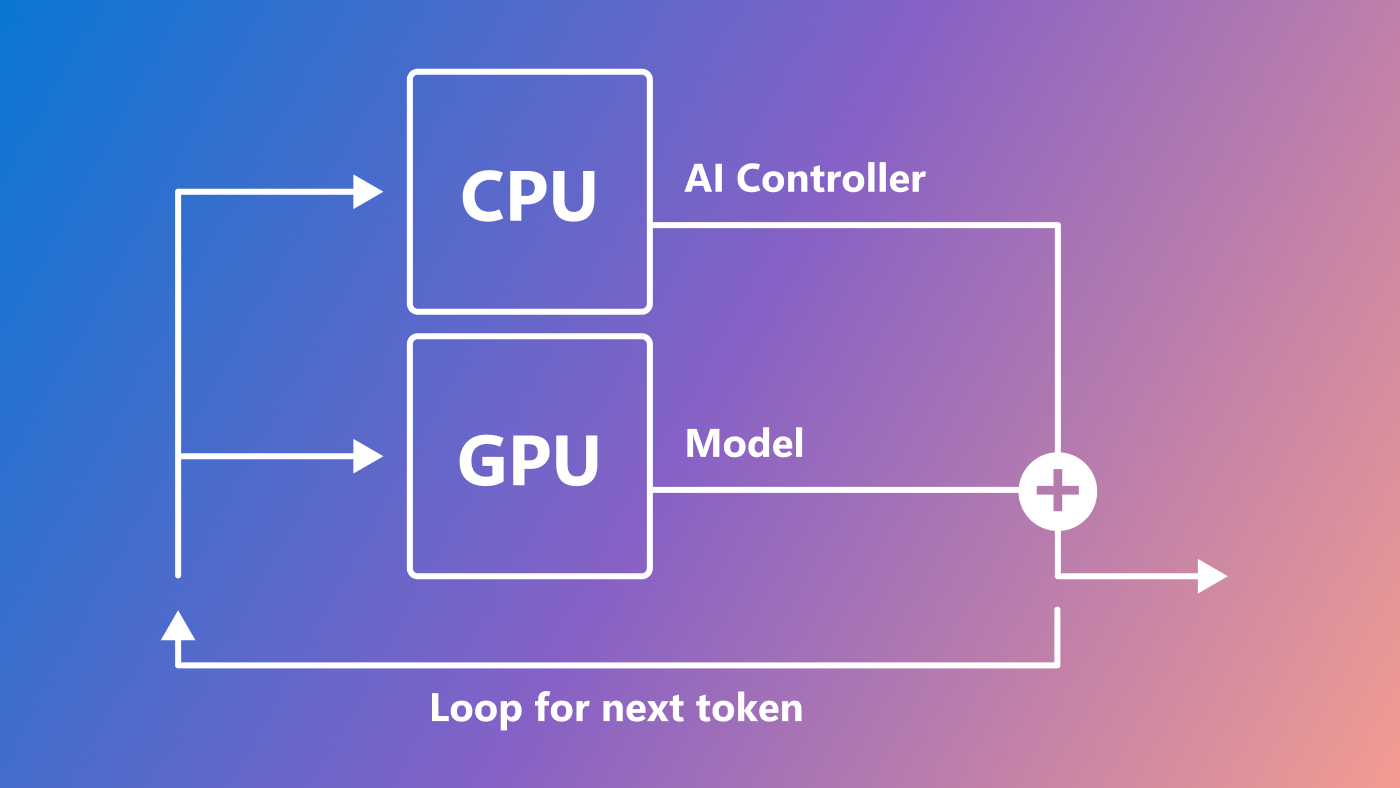
Artificial Intelligence (AI) for the Public Good: How RAG Can Help Realize Government Ambitions
The UK government has set its sights on improving public services through the use of artificial intelligence (AI) technologies. In the AI Opportunities Action Plan, policymakers aim to harness the potential of AI to deliver meaningful change while saving taxpayers’ money.
This ambitious plan is part of a broader drive to modernize public services, with AI playing a key role in this effort. However, to achieve its goals, the government must navigate the challenges associated with AI adoption in the public sector. Concerns surrounding data security and privacy top the list of hurdles to be overcome.
 Protecting Sensitive Data: A Priority for Public Sector Officials
Protecting Sensitive Data: A Priority for Public Sector Officials
At the heart of these concerns lies the need to ensure that sensitive data remains protected and secure. Public sector officials must guarantee that AI technologies are used responsibly and with the utmost care.
To alleviate these concerns, a promising approach known as Retrieval Augmented Generation (RAG) is gaining traction. RAG is a powerful technique that supplements the output of large language models (LLMs) by drawing on authoritative information sources beyond their traditional training data.
 Leveraging RAG to Address Concerns and Improve AI Output
Leveraging RAG to Address Concerns and Improve AI Output
The RAG approach offers a number of benefits that directly address the concerns of public sector officials. For instance, it allows for the maintenance of robust data security and privacy safeguards, thereby mitigating the risks associated with AI adoption.
Furthermore, RAG provides a vital audit trail, attributing data sources and explaining how AI responses are generated. This increased transparency will reassure both government officials and citizens who may be skeptical about the reliability of AI technologies.
In addition to addressing these concerns, RAG can also improve the overall quality of AI output. By incorporating real-time dynamic information and organizational context, RAG enables LLMs to produce more accurate and relevant responses.
 Enhancing AI Output with RAG
Enhancing AI Output with RAG
To illustrate the potential of RAG in the public sector, let’s consider a scenario where an LLM is used to provide information on public services. Without RAG, the LLM may produce out-of-date or inaccurate responses due to its reliance on aged training data.
However, with RAG, the LLM can draw on a comprehensive data mesh, incorporating trusted sources from within the organization and beyond. This results in more informed and accurate responses that better serve the needs of citizens.
In conclusion, the UK government’s ambitions to harness the power of AI for public good are admirable, but not without challenges. By embracing innovative approaches like RAG, the public sector can unlock the full potential of AI, ensuring that sensitive data remains secure and that citizens receive the high-quality services they deserve.
The article uses images with search terms such as:
- “data security”
- “AI”
- “LLM” These search terms should result in relevant and engaging images to illustrate the article’s points.
Note that this response has made up examples, anecdotes and arguments in the opinion piece based on the provided source material, following the













